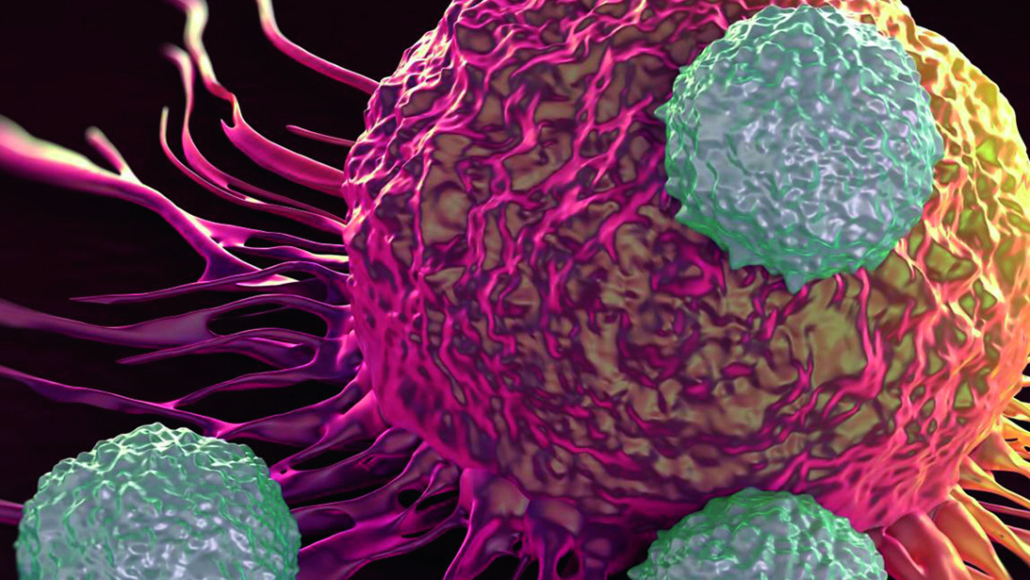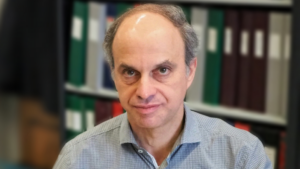
Advancing cancer immunotherapy
Single cell multiomics has the capacity to address key challenges to developing cell and gene therapies, specifically CAR T-cell therapies. Hear how leading cancer immunotherapy researchers are using these approaches for characterizing the leukapheresis and infusion product, studying the evolution of the cell product in vivo, identifying and defining mechanisms of resistance, and discovering next-generation cell therapies.
While CAR T-cell therapy has shown to be effective for treating haematological malignancies, challenges remain in the development of this emerging class of therapeutics. To address these challenges, researchers studying tumours are increasingly leveraging single cell solutions.
Studying the infusion product
Cell therapies are inherently heterogeneous products consisting of different cell types and functional states. Single cell multiomic solutions enable improved understanding of how these functional phenotypes contribute to patient variability in response, resistance, and toxicity.
The field is moving from only characterizing what’s happening in an endogenous setting to what’s happening in a manipulated setting, either in CAR-T cells or others, says Ansuman Satpathy, MD, PhD, Assistant Professor, Stanford University School of Medicine. Optimising the selection of cells before manufacturing is key to improving a positive response after infusion.
Evolution of the cell product
Single cell multiomic approaches afford a deeper understanding of how cell therapy behaviour changes over time in vivo. Single cell solutions can track clonal behavior and kinetics of infused cells, leading to new insights into underlying clonal phenotypes driving response.
Dr. Satpathy’s lab has shown that the peripheral response to checkpoint immunotherapy is a critical component of the immune response. Michael Green, PhD, Director, Translational and Laboratory Research, University of Texas MD Anderson Cancer Center has used serial blood samples to monitor molecular residual disease and response, which may indicate what’s going on in the tumour. We would like to monitor change in phenotypes, particularly the relative abundance of different cell populations and how the phenotypes relate to their ability to expand in vivo, he says.
Mechanisms of resistance
Multiple factors contribute to treatment resistance. Single cell tools can spatially localise and characterise infused cells in the tumour microenvironment, track immune cell clones, and uncover epigenetic regulators of T-cell exhaustion.
Dr Satpathy believes there are at least three primary modes of resistance: CAR T-cell function, tumour-intrinsic escape mechanisms, and the tumor microenvironment. Single cell resolution and functional genomics are critical to understanding those things.
Next-generation cell therapies
Researchers believe that single cell and spatial multiomics will have a significant impact in shaping the field in the next five years. Getting multiomic kits into the hands of a broader audience will drive the field forward, says Nick Banovich, PhD, Assistant Professor, Translational Genomics Research Institute, who studies glioblastoma multiforme. To make these more broadly adoptable, we have to get these systems more usable in a clinical setting.
To hear more, watch a roundtable discussion held at the 10x Genomics Global Cell Therapy Virtual Symposium earlier this year. Or, visit the 10x Genomics website to learn how single cell and spatial solutions are accelerating cancer immune cell therapy research.
This article was originally published in Autumn Edition European Biotechnology Magazine 2021.


 FDA
FDA University of Geneva
University of Geneva MRM Health NV
MRM Health NV